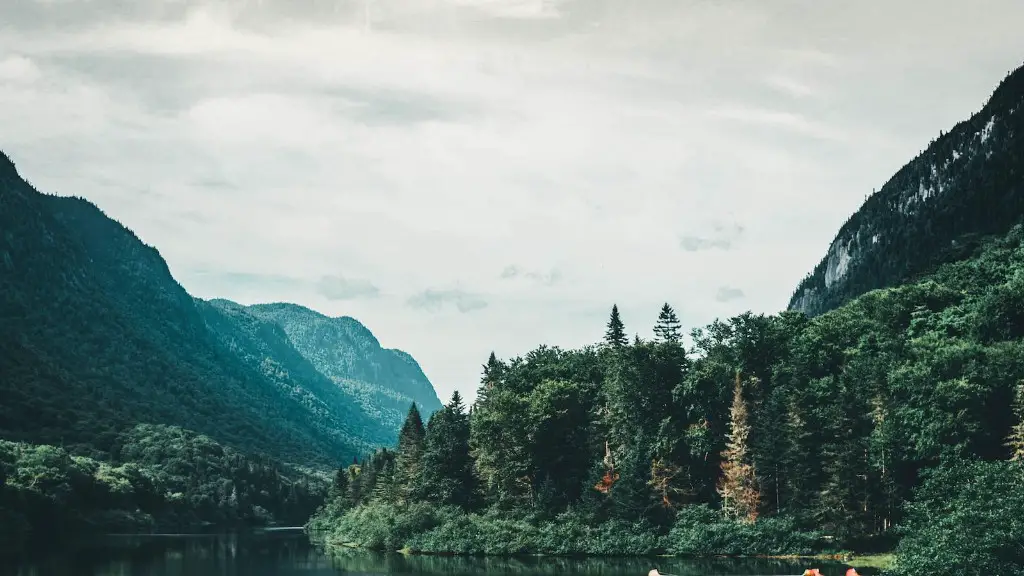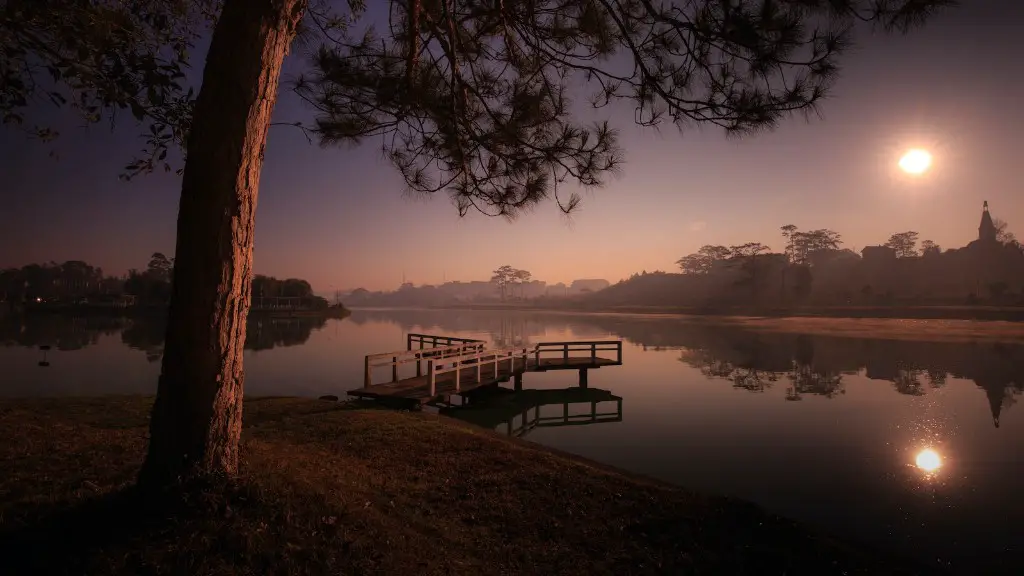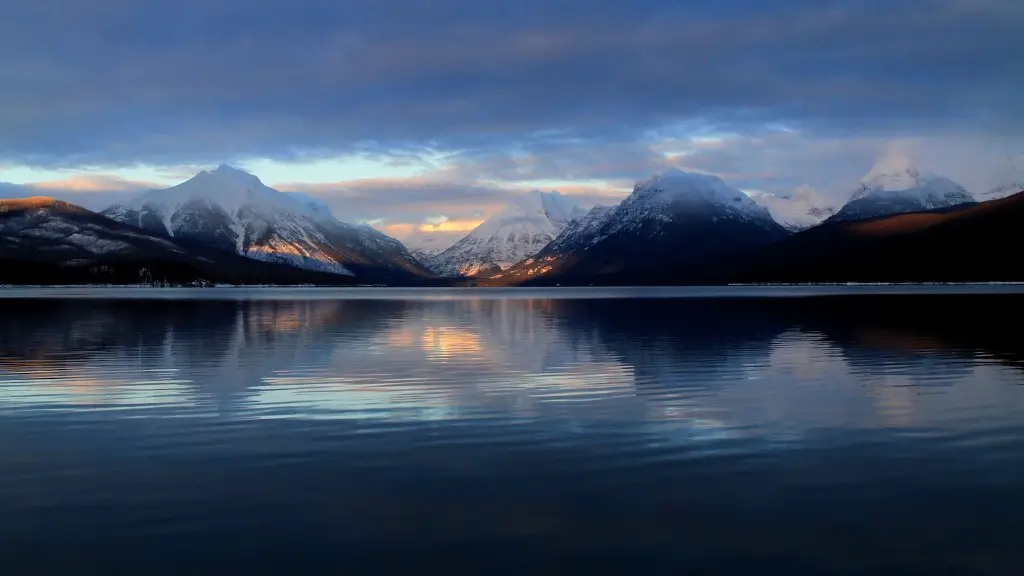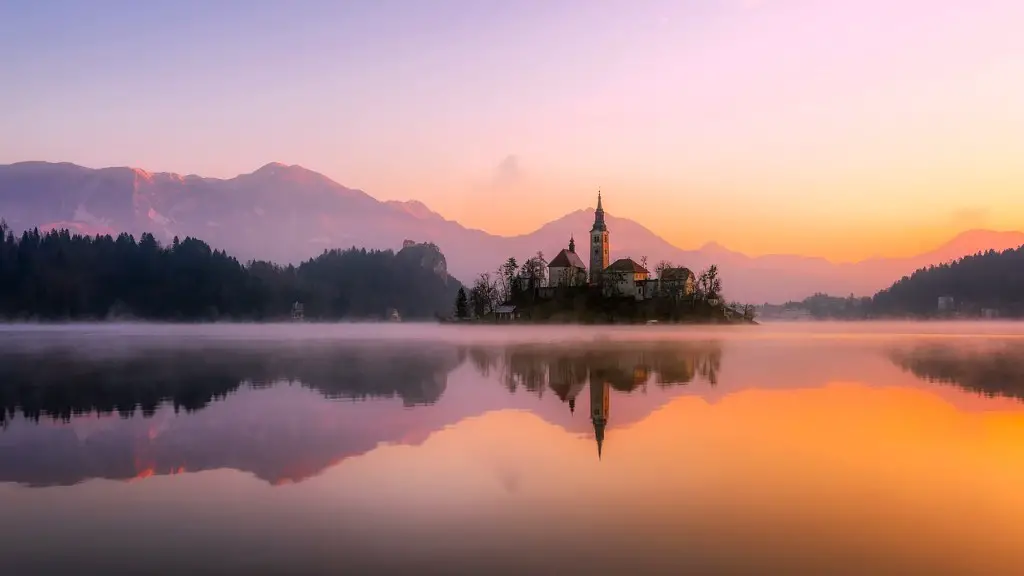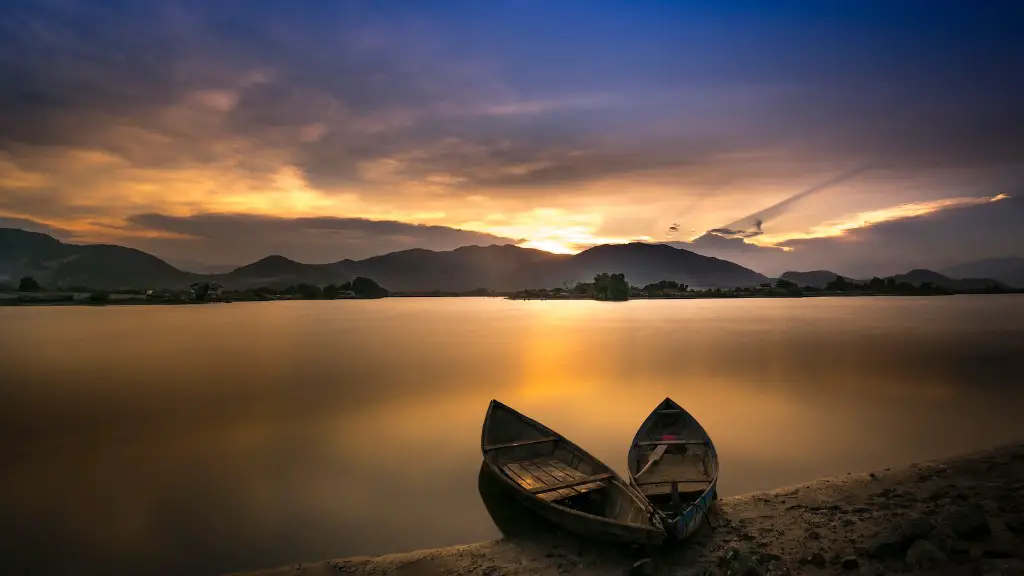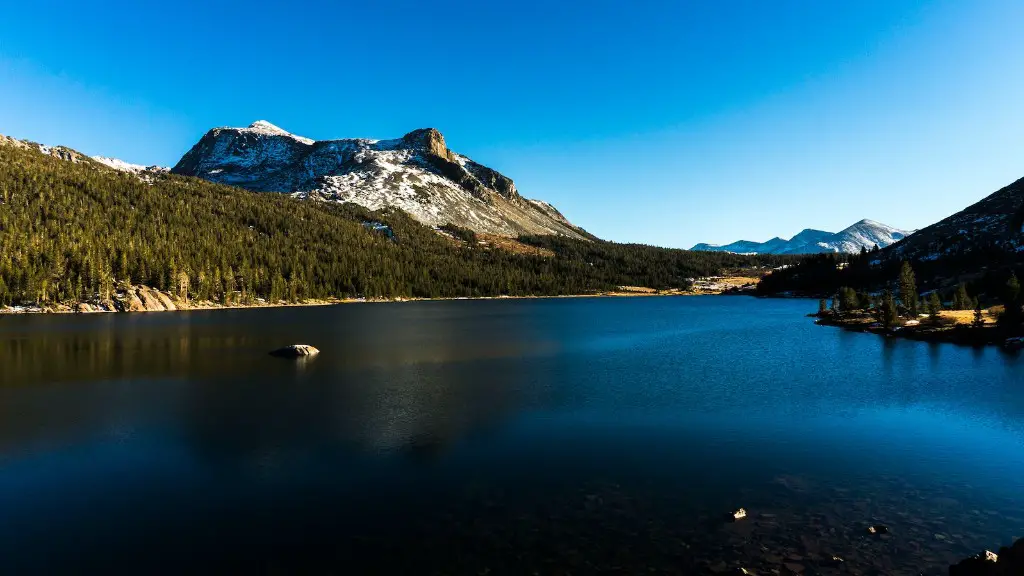Crater Lake is a beauty to behold. It is one of the deepest lakes in the United States and is a breathtaking site. It is also a very popular destination for photographers and nature enthusiasts. But have you ever wondered how Crater Lake was formed?
Crater Lake is a caldera, or a cauldron-like depression that is formed when a large volcano erupts and collapses into itself. The caldera at Crater Lake was formed about 7,700 years ago when Mount Mazama, a massive stratovolcano that was over 12,000 feet tall, erupted. The eruption was so large that it caused the mountain to collapse in on itself, forming the caldera that we see today. Over time, the caldera filled with rainwater and snowmelt, creating the pristine blue lake that is now known as Crater Lake.
How did Crater Lake collapse?
Crater Lake is an amazing natural wonder, and it’s only getting deeper! The lake is currently the deepest in the nation, but scientists believe that it will continue to deepen over time. This is due to the nature of the lake, which is a deep caldera formed by the collapse of an ancestral mountain. As the mountain collapsed, it left behind a huge depression that has filled with water over time. The water is constantly being replenished by rain and snowmelt, so the lake will continue to deepen until it eventually reaches a equilibrium point.
The discovery of sandals and other artifacts buried under layers of ash, dust, and pumice that predate the eruption of Crater Lake approximately 7,700 years ago is significant to the Klamath Tribes today. The Tribe believes that the Lake is a sacred site and that the artifacts offer insight into their ancestors’ connection to the land. The artifacts will be repatriated to the Tribe so that they can be properly cared for and protected.
How were Crater Lakes formed
Calderas are large, circular depressions that form in the wake of a major volcanic eruption. They are formed when molten rock called lava, with a lot of pressure, blows off the surface of an extinct volcano. Instead of forming a volcanic cone, the lava with ashes blows further away from the vent forming a large basin, surrounded by a realm of harsh, rock debris and lava.
Crater Lake is a caldera lake located in the western United States, in the state of Oregon. It is the main feature of Crater Lake National Park and is famous for its deep blue color and water clarity. The lake is fed solely by rainwater and snowmelt, with no rivers or streams flowing into or out of it. The lake’s depth is 1,949 feet (594 meters), making it the deepest lake in the United States and the ninth deepest lake in the world. Crater Lake is also the seventh deepest lake in North America.
Could Crater Lake erupt again?
The long history of volcanism at Mount Mazama suggests that this volcanic center will be active in the future. Future eruptions will likely occur within the caldera and probably beneath the water’s surface.
The park’s water claim for the lake is for the preservation and protection of all natural habitats and the conservation of scenery. It is not for human consumption. The park wants to make sure that the lake is kept clean and free of any pollution that could harm the wildlife or the natural beauty of the area.
Why can’t you swim in Crater Lake?
If you want to swim in Crater Lake, you’ll need to visit between June and September when the weather is warmer and there is less snow. Keep in mind that even during these months, the water can be quite cold.
In 1989, scientists completed 24 trips to the bottom of Crater Lake using a mini-submarine. This was the first time that humans had ever been able to visit the bottom of the lake, and the scientists were able to collect a wealth of information about the geology and ecology of the Lake.
Does Crater Lake have a monster
The storyline of The Crater Lake Monster revolves around a giant plesiosaur, akin to the Loch Ness Monster, which appears in Crater Lake in Northern California, near Susanville. The film was made on a budget of $100,000 and grossed $3,000,000 at the box office.
Crater Lake is a freshwater lake located in the state of Oregon in the western United States. It is the centerpiece of Crater Lake National Park and is famous for its deep blue color and water clarity. The lake is fed solely by precipitation, largely in the form of snowfall, and has no river or other outlet. The lake is situated in a caldera, a large crater that was formed about 7,700 years ago by the collapse of the volcano Mount Mazama.
Was Crater Lake formed by an earthquake?
Crater Lake is a beautiful lake that was formed by the collapse of a volcano. It is a great place to visit and has a lot of history.
Crater Lake is a beautiful blue lake located in Oregon. It is the deepest lake in the United States and is known for its clarity and purity. The lake is fed solely by rain and snow and is one of the clearest large bodies of water in the world.
When was the last time Crater Lake exploded
Crater Lake is a volcano located in Oregon, USA. The last known eruption at Crater Lake occurred about 4,800 years ago. Since that time, the volcano has remained quiet, allowing as much as 30 m (100 ft) of sediment to accumulate on the lake bottom.
Crater Lake is a beautiful lake that was formed by the fall of a volcano, Mount Mazama. Mount Mazama was a 12,000-foot-tall volcano that erupted and collapsed approximately 7,700 years ago. The collapse of the volcano formed Crater Lake. Crater Lake is a popular destination for tourists and is a great place to go for a hike or a swim.
What is the deepest lake in the US?
Crater Lake is a must-see for any nature lover. Its depth and size are impressive, and it’s surrounded by stunning scenery. It’s definitely worth a visit!
Freshwater crocodiles are not as dangerous as estuarine crocodiles and very few incidents have been reported involving people.
Final Words
The crater that would become Crater Lake was formed by the collapse of the 12,000-foot Mount Mazama about 7700 years ago. The volcano produced large pyroclastic flows that blanketed the area around the mountain. Over time, rainfall and snowmelt filled the crater with water.
The Crater Lake was most likely filled due to the collapse of the surrounding mountain peak. When the peak collapsed, it created a large hole that was subsequently filled with water from rain and melting snow.
